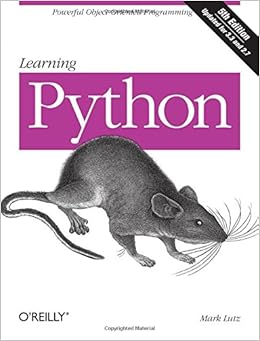In the ever-evolving world of technology, staying updated is crucial. The top development books of 2023 offer a wealth of knowledge to boost your skills and stay ahead of the curve. Here’s our curated list of the 10 best books you need to read this year.
“Clean Code: A Handbook of Agile Software Craftsmanship” by Robert C. Martin

This book remains a classic for any developer. Martin’s principles on writing clean, maintainable code stand the test of time. It’s a must-read for improving your coding practices.
The book’s greatness lies in its practical approach and timeless advice. It doesn’t merely present theories; instead, it provides real-world examples of what to do and what not to do when writing code. It’s not about any specific language or framework; it’s about how to write code that is easy to understand, modify, and extend, which is a universal need in software development.
Martin emphasizes the importance of writing clean code, which is code that is easy to read, understand, and maintain. He argues that developers spend most of their time reading code rather than writing it, so it’s crucial that the code we write is clean.
The book is divided into three parts, the first describes the principles, patterns, and practices of writing clean code. The second consists of several case studies of increasing complexity, each an exercise in cleaning up code.
“You Don’t Know JS Yet” by Kyle Simpson
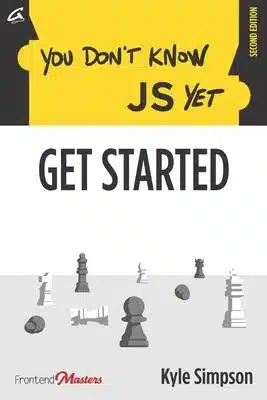
JavaScript is a cornerstone of web development. Simpson’s book provides an in-depth understanding of JavaScript, making it an essential read for web developers.
While many resources focus on how to use the language without necessarily understanding how it works, Simpson’s book takes a different approach. It delves into the core mechanisms of JavaScript, explaining how they work and why they work that way. This deep knowledge allows you to write more efficient, effective, and reliable JavaScript code.
The book is part of a series, and each volume covers a specific aspect of JavaScript. Topics include scope and closures, this and object prototypes, types and grammar, async and performance, and ES6 and beyond. This comprehensive coverage makes it an excellent resource for both beginners and experienced JavaScript developers.
One of the unique aspects of “You Don’t Know JS Yet” is its focus on challenging the reader. Simpson doesn’t shy away from the more complex parts of JavaScript. Instead, he encourages readers to tackle these head-on to truly understand the language.
“The Pragmatic Programmer: Your Journey to Mastery” by Andrew Hunt and David Thomas

This book offers practical advice on software construction and management. It’s a comprehensive guide for anyone seeking to become a proficient programmer.
This book stands out for its practical and comprehensive approach to the subject of programming. It’s not about a specific language or framework; instead, it’s about how to be a better programmer. The authors share their wisdom and experience on a wide range of topics, from personal responsibility and career development to architectural techniques and effective coding practices.
One of the key concepts in the book is the idea of a “pragmatic” programmer. According to the authors, a pragmatic programmer is one who takes a proactive approach to programming, who understands that change is a constant in software development, and who seeks to continuously learn and improve.
You will find practical advice and real-world examples throughout the book. It covers topics such as code generation, text manipulation, concurrency, and systems programming. It also discusses more abstract concepts like design by contract, orthogonality, and the law of Demeter.
“Design Patterns: Elements of Reusable Object-Oriented Software” by Erich Gamma, Richard Helm, Ralph Johnson, and John Vlissides
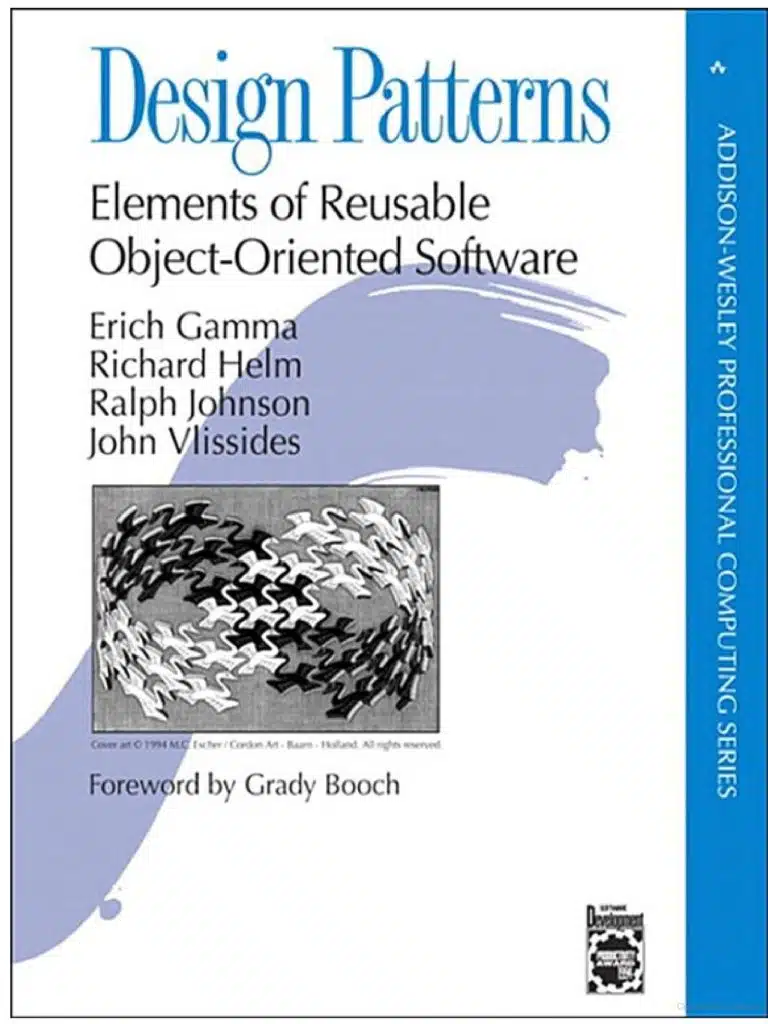
Understanding design patterns is crucial for creating efficient, scalable software. This book is a classic guide to the most common patterns in object-oriented programming.
“Refactoring: Improving the Design of Existing Code” by Martin Fowler
Fowler’s book is a comprehensive guide to refactoring, a critical skill for maintaining and improving existing code. It’s a must-read for any serious developer.
Here are some key points from the book:
Purpose of Refactoring
Refactoring aims to improve code readability and reduce complexity, which can enhance the source code’s maintainability. It also aims to create a simpler, cleaner, or more expressive internal architecture or object model to improve extensibility.
Micro-refactorings
Refactoring typically involves a series of standardized basic micro-refactorings, each of which is a tiny change in a computer program’s source code that either preserves the behavior of the software or does not modify its conformance to functional requirements.
Benefits of Refactoring
Refactoring can improve maintainability and extensibility of the code. It can make it easier to fix bugs because the source code is easy to read and the intent of its author is easy to grasp. It can also make it easier to extend the capabilities of the application if it uses recognizable design patterns.
Challenges of Refactoring
Refactoring requires extracting software system structure, data models, and intra-application dependencies to regain knowledge of an existing software system. If developers perform refactoring poorly, they might not meet the requirement to maintain external functionality, which could introduce new bugs.
Testing
Developers should set up automatic unit tests before refactoring to confirm that routines continue to behave as expected. Refactoring is then an iterative cycle of making a small program transformation, testing it to ensure correctness, and making another small transformation.
Techniques
In the book, you will find a list of micro-refactorings and techniques. You can use these to enhance your understanding and abstraction of the code, segment the code into more logical pieces, and improve the names and location of the code.
“Introduction to the Theory of Computation” by Michael Sipser
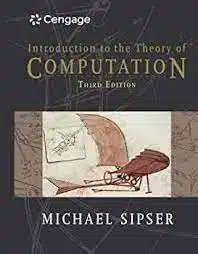
This book offers a clear understanding of computational theory, a fundamental area of computer science. It’s a great resource for anyone looking to deepen their understanding of how computers work.
Here are some key points from the book:
Author’s Reputation
Michael Sipser is a well-known figure in the field of theoretical computer science. His expertise and clear writing style make this book a valuable resource.
Comprehensive Coverage
The book provides a thorough introduction to the theory of computation, covering topics such as automata, computability theory, and complexity theory. It offers a blend of practical and philosophical coverage and mathematical treatments, including advanced theorems and proofs
Clear Understanding
The book is designed to help readers gain a clear understanding of the fundamental mathematical properties of computer hardware, software, and applications.
Practical Examples
The book includes numerous examples and exercises that help to reinforce the concepts presented. This makes it not only a great learning resource but also a useful reference for continued studies in theoretical computing.
Approachable Presentation
Despite the complexity of the subject, the book is known for its approachable style. It even includes a new theoretical treatment of deterministic context-free languages, which is ideal for a better understanding of parsing and LR(k) grammars.
Highly Rated
The book has received high ratings and positive reviews from readers, further attesting to its quality and usefulness in the field of computer science.
“Continuous Delivery: Reliable Software Releases through Build, Test, and Deployment Automation” by Jez Humble and David Farley
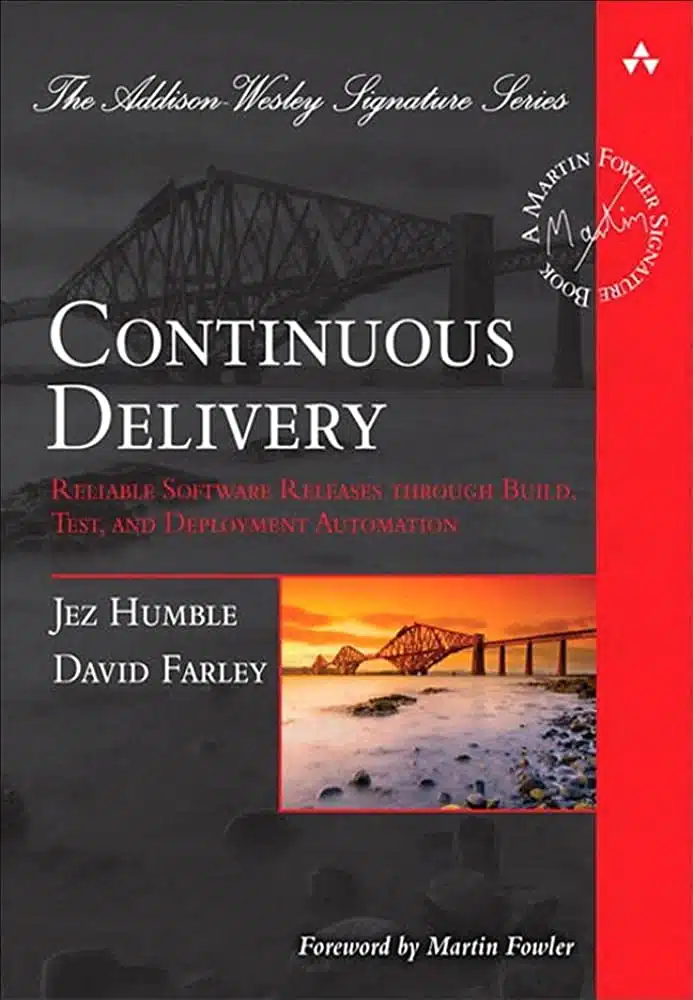
This book is a comprehensive guide to achieving rapid and reliable software releases through automation. It’s a must-read for developers and operations professionals alike. This book is a highly recommended book for several reasons:
Practical Approach
The book provides a practical guide to the principles and technical practices that enable rapid, incremental delivery of high-quality, valuable new functionality to users. It covers the automation of the build, deployment, and testing process, and improved collaboration between developers, testers, and operations.
In-depth Coverage
The authors introduce the concept of the “deployment pipeline,” an automated process for managing all changes, from check-in to release. They also discuss the “ecosystem” needed to support continuous delivery, from infrastructure, data, and configuration management to governance.
Expert Authors
Jez Humble and David Farley are well-known figures in the field of software development and delivery. Their expertise and clear writing style make this book a valuable resource.
Wide Range of Topics
The book covers a wide range of topics, including automated infrastructure management and data migration, the use of virtualization, risk management, compliance, and auditing.
Highly Rated
The book has received high ratings and positive reviews from readers, further attesting to its quality and usefulness in the field of software development and delivery.
“Domain-Driven Design: Tackling Complexity in the Heart of Software” by Eric Evans
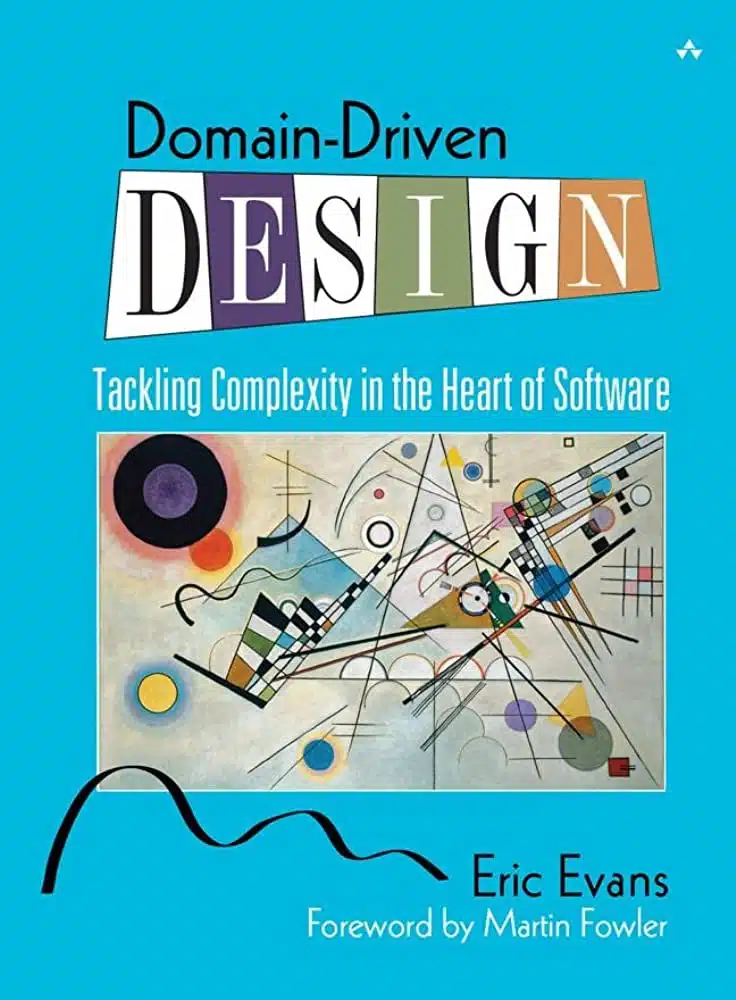
Evans’ book is a comprehensive guide to domain-driven design, a methodology for tackling complex systems. Software architects and senior developers find ‘Code Complete: A Practical Handbook of Software Construction’ by Steve McConnell essential to their work.
“Domain-Driven Design: Tackling Complexity in the Heart of Software” by Eric Evans is a seminal work in the field of software architecture. The book presents a system of practices and terminologies that aims to streamline the creation and maintenance of complex software. The central idea is to place the project’s primary focus on the core domain and domain logic, using a model-based approach. Evans suggests that if developers incorporate a model into the software development process, they can create a system fundamentally tied to the domain it serves. This approach effectively meets user needs.
Readers and critics alike hold the book in high esteem due to its practical and comprehensive approach to software development. It’s not just a theoretical treatise but also provides a set of techniques that developers can use to implement the principles of Domain-Driven Design effectively. Anyone dealing with complex software systems views the book as a must-read, and it has earned high ratings and positive reviews from readers.
“The Art of Computer Programming” by Donald E. Knuth
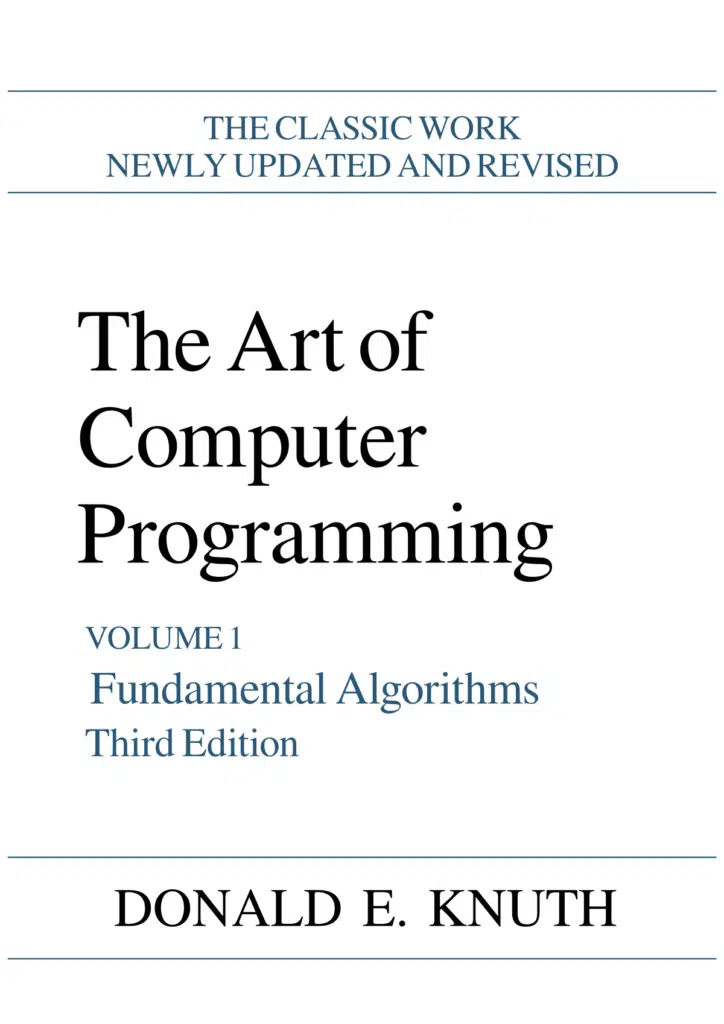
Knuth’s multi-volume set is a classic in the field of computer science. It covers a wide range of topics and is a must-read for anyone serious about programming.
“The Art of Computer Programming” by Donald E. Knuth is a comprehensive multi-volume work on the subject of computer programming. First published in 1968, it is considered one of the best and most comprehensive books on the subject. The book covers many kinds of programming algorithms and their analysis. Knuth has sought to provide a comprehensive understanding of the qualitative aspects of computer science by demonstrating the applicability of mathematical rigor to software construction. The book is known for its thoroughness, precision, and for the wit and wisdom that Knuth, a pioneering computer scientist, brings to the subject.
Is not just a guide to programming, but also a comprehensive introduction to the foundations of computer science and is widely regarded as a must-read for any serious student or practitioner of computer programming. The book has been revised over the years to reflect the evolving field of computer science, making it relevant and essential even today.
“Code Complete: A Practical Handbook of Software Construction” by Steve McConnell
McConnell’s book is a comprehensive guide to software construction. It’s filled with practical advice and real-world examples, making it an invaluable resource for developers at all levels.
This book is a widely recognized guide to programming that has been helping developers write better software for more than a decade. This book is a comprehensive manual of software construction, where McConnell synthesizes the most effective techniques and must-know principles into clear, pragmatic guidance. Regardless of your experience level, development environment, or project size, this book can inform and stimulate your thinking—and help you build the highest quality code.
The book covers a range of timeless techniques and strategies, including designing for minimum complexity and maximum creativity, reaping the benefits of collaborative development, applying defensive programming techniques to reduce and flush out errors, exploiting opportunities to refactor—or evolve—code safely, and using construction practices that are right-weight for your project. It also provides guidance on how to debug problems quickly and effectively, resolve critical construction issues early and correctly, and build quality into the beginning, middle, and end of your project.
The second edition of the book has been fully updated and revised with leading-edge practices—and hundreds of new code samples—illustrating the art and science of software construction. It captures the body of knowledge available from research, academia, and everyday commercial practice. The book is considered a must-read for anyone dealing with software construction and has received high ratings and positive reviews from readers.

“The Bitcoin Standard: The Decentralized Alternative to Central Banking” by Saifedean Ammous
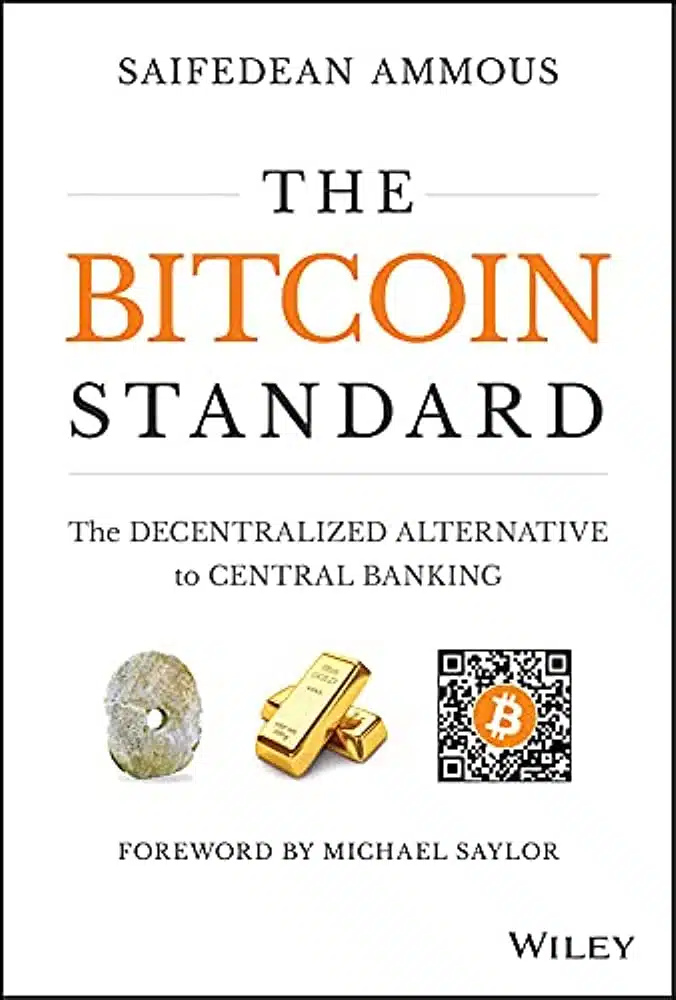
The book delves into the history of money and discusses how different forms of money, from seashells to gold, have evolved over time. It then introduces Bitcoin as a digital form of money that holds significant potential to revolutionize the financial world.
Ammous argues that Bitcoin, as a decentralized form of money that is not controlled by any government or organization, offers a compelling alternative to traditional, centralized banking systems. He suggests that Bitcoin could lead to more secure, efficient, and equitable financial systems.
The book also discusses the technical aspects of Bitcoin, including how it works and why it is secure. It provides a detailed analysis of the economic principles underlying Bitcoin, such as the concept of scarcity and the importance of a fixed supply.
In the later chapters, Ammous explores the potential impacts of Bitcoin on society and the economy. He discusses how Bitcoin could affect everything from individual freedom to monetary policy.
In conclusion, “The Bitcoin Standard” is a comprehensive and thought-provoking exploration of Bitcoin. It provides a deep understanding of the historical context, economic principles, and potential impact of this revolutionary digital currency. Whether you’re a Bitcoin enthusiast or just curious about the future of money, this book is a must-read.
Conclusion
These top development books of 2023 offer a wealth of knowledge, from coding best practices to software architecture principles. Whether you’re a seasoned developer or just starting out, these books will help you stay ahead in the fast-paced world of technology.
Posted in Software Development, Technologies

